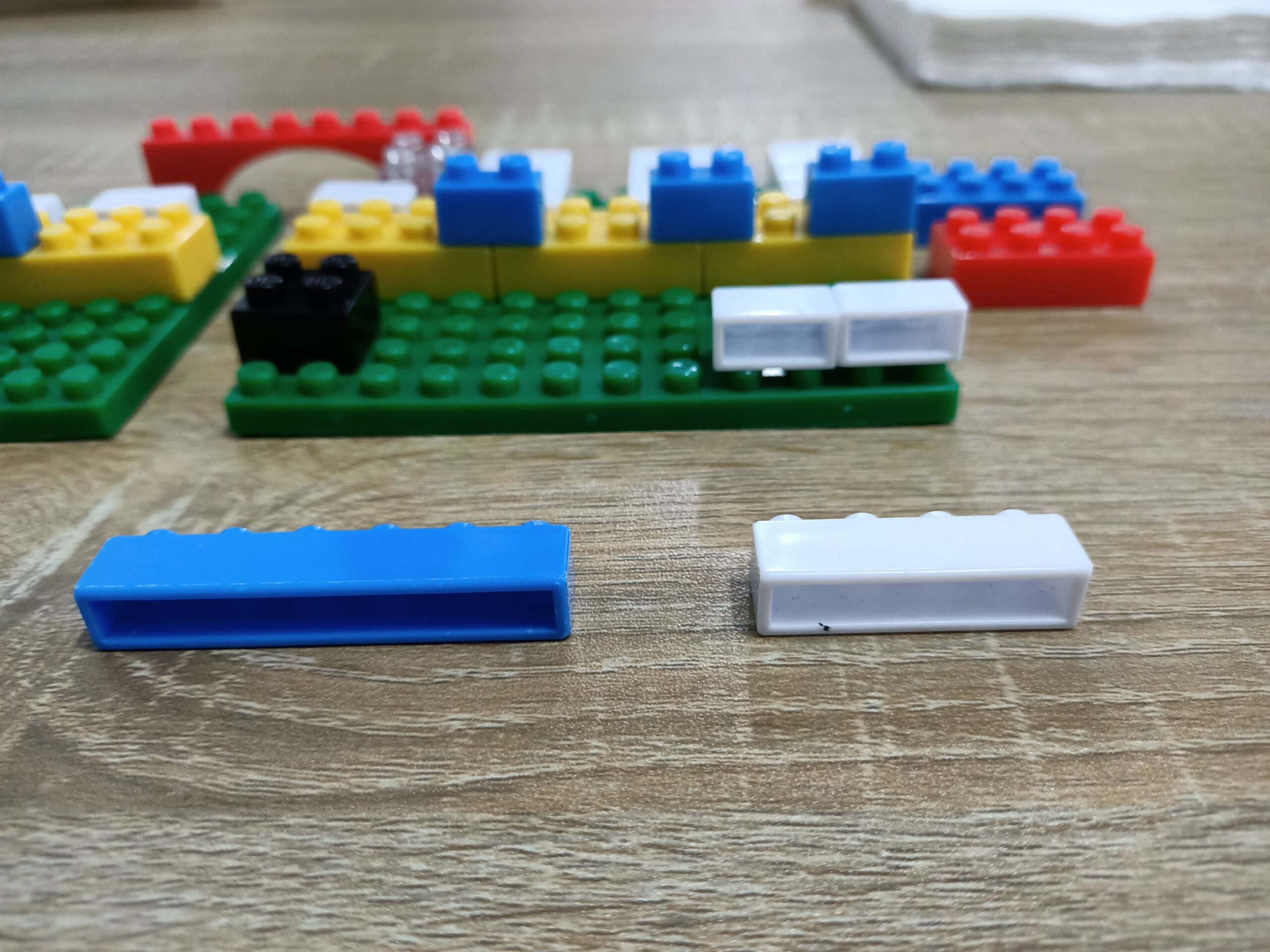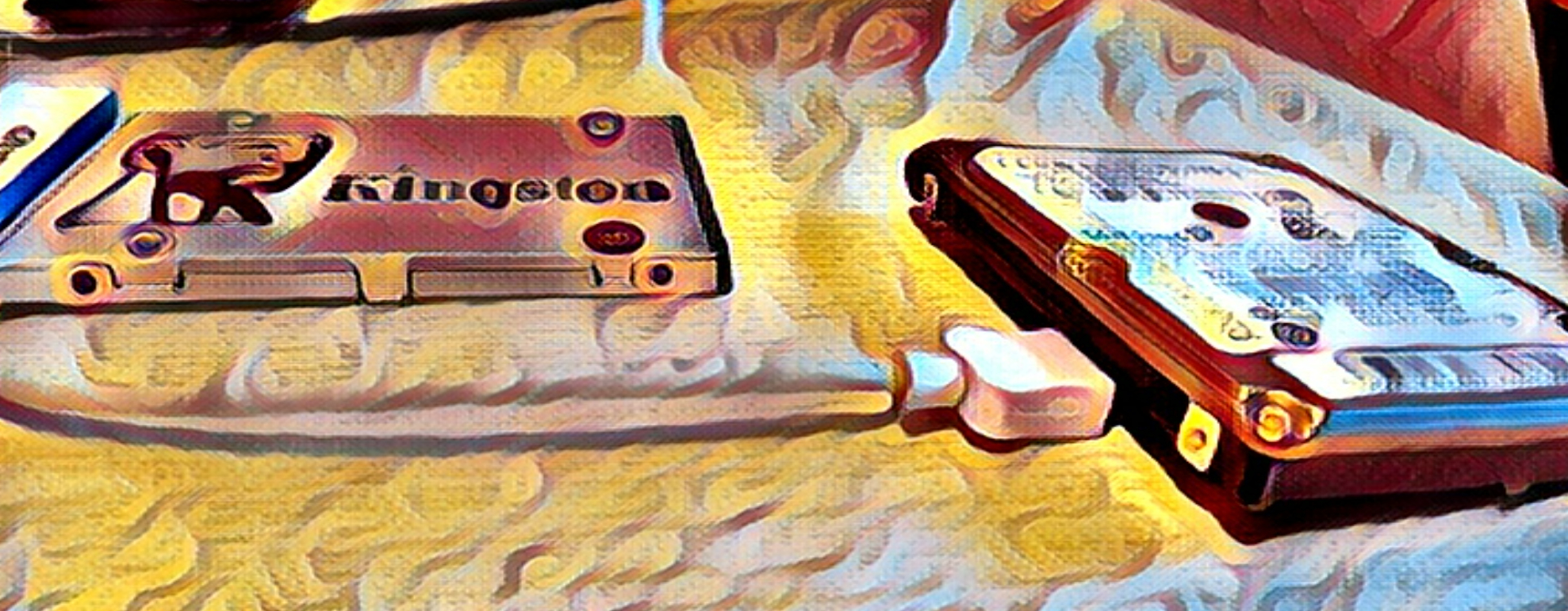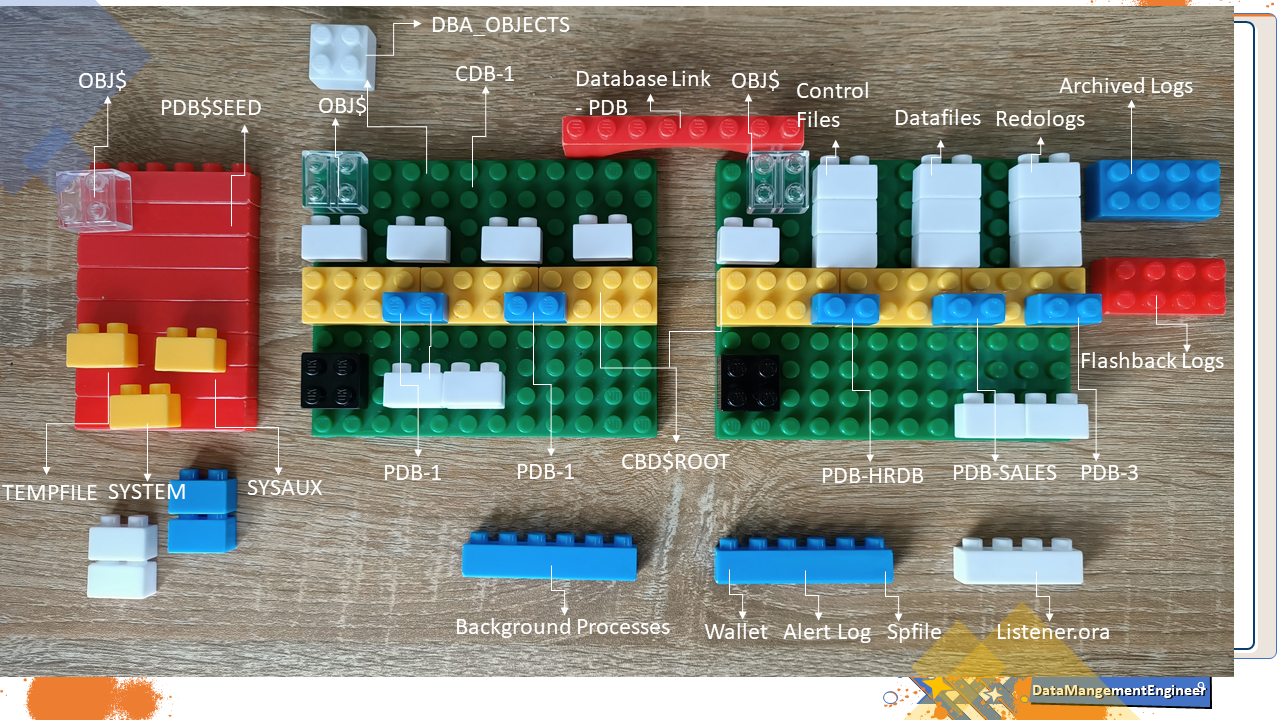
Oracle 12c onwards – Multitenant Architecture
Several of our readers have suggested that we put information about Oracle 12c onwards and its new “Multitenant” concept, which is revolutionary instead of the traditional way but retains many of the concepts in its previous versions; my idea is to introduce them as quickly as possible to Oracle Database with advanced concepts already created and managed for 20 years, let’s get into the subject; CBD and PDB. Oracle 12c has made a big change in its architecture and has presented a new concept, Container Database and Pluggable Database; here we are going to present you a clear and precise concept with our methodology in BLOCKS.
Overview and History
Oracle 12c Release 1 (12.1) in 2013 introduces the concept of Multitenant for your star product Oracle Database 12c onwards. As many of you know, Oracle 11g opened many doors to those concepts such as Performance Diagnostics, SQL Tuning, Oracle Grid Control and many other enhancements. Many of you perhaps know that ‘g’ stands for ‘Grid’ which offers supporting grid computing features such as automatic load balancing, and after the 12c version, the letter has changed for ‘c’ stands for ‘Cloud’. Multitenant helps companies to consolidate databases into private or public clouds.
PDB, CDB and Root Concepts
What are PDB and CDB? Before starting with the definition of those new concepts, I will contextualise in easy words what CDB contains, basically Oracle metadata, in other words, sys and system schemas. PDB contains user data; in other words, our appreciate customer data.
About Containers Database
Every CDB has the following containers:
- Exactly one root
The root stores Oracle-supplied metadata and common users. An example of metadata is the source code for Oracle-supplied PL/SQL packages. A common user is a database user known in every container. The root container is named CDB$ROOT.
- Exactly one seed PDB
The seed PDB is a system-supplied template that the CDB can use to create new PDBs. The seed PDB is named PDB$SEED. You cannot add or modify objects in PDB$SEED.
- Zero or more user-created PDBs
A PDB is a user-created entity that contains the data and code required for a specific set of features. For example, a PDB can support a specific application, such as human resources or sales application. No PDBs exist at the creation of the CDB. You add PDBs based on your business requirements.
Check Image No 1 for Reference
Container Database (CDB) on the surface this seems very similar to a conventional Oracle database, as it contains most of the working parts you will be already familiar with (controlfiles, datafiles, undo, tempfiles, redo logs etc.).
Pluggable Database (PDB) since the CDB contains most of the working parts for the database, the PDB only needs to contain information specific to itself. It does not need to worry about controlfiles, redo logs and undo etc. Instead, it is just made up of datafiles and tempfiles to handle its objects.
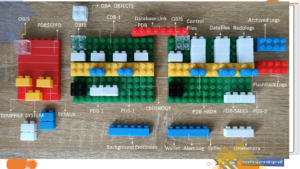
Image No 1
Check Image No 2 for Reference
If you have taken the picture in your mind about these concepts, then its time to move on! Click here to see step-by-step how to install Oracle Database 12c/18c.
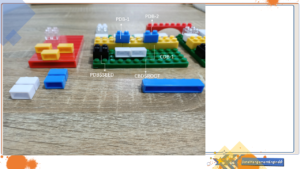
Image No 2
Source information: https://docs.oracle.com/database/121/CNCPT/cdbovrvw.htm#CNCPT89235


